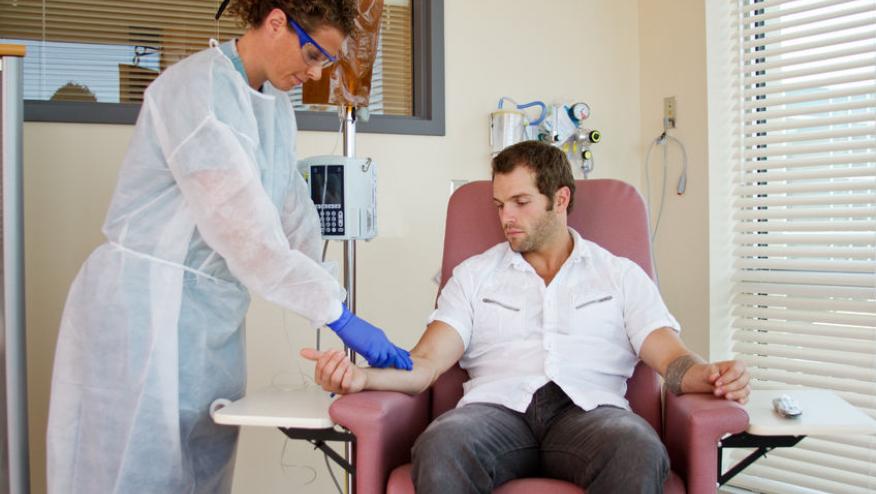DMARD Inertia by Registry Rheumatologists Save

A registry study of metric use (primarily RAPID3 and CDAI) in the treatment of rheumatoid arthritis (RA) patients shows that, even in the face of moderate or high disease activity, treatment changes by rheumatologists were relatively low (35.6–54.6%).
Researchers used data from the ACR supported Rheumatology Informatics System for Effectiveness (RISE) registry to assess the influence of disease activity measuress on treatment use over 12 months.
RAPID3 (78.9%) and the Clinical Disease Activity Index (CDAI) (34.2%) were most commonly used by rheumatologists in this registry. Despite the use of measurements (required for inclusion), evidence of treat-to-target practices were lacking in many patients.
During the one year follow-up, patients with moderate or high disease activity (by both RAPID3 and CDAI) DMARD changes (additions/switches) were seen in these subgroups:
- DMARD monotherapy = 62%
- Biologic monotherapy = 57%
- Combination csDMARDs = 34%
- Combination DMARD + Biologic = 45%
Treament changes were less frequent when there was disagreement between RAPID3 and CDAI; specifically when RAPID3 showed moderate/high disease activity, but the CDAI showed low activity:
- DMARD monotherapy = 35%
- Biologic monotherapy = 52%
- Combination csDMARDs = 12%
- Combination DMARD + Biologic = 18%
Treatment changes were less likely in the elderly (age ≥75 years; adjusted odds ratio [OR 0.63), those treated with combination csDMARDs (OR 0.45) or combination therapy with bDMARDs (OR 0.30).
Only 1/3 to 2/3 of RA patients with moderate/high disease activity had a significant treatment change, suggesting that measurement alone is not enough to overcome the inertia of treatment escalation in RA.









If you are a health practitioner, you may Login/Register to comment.
Due to the nature of these comment forums, only health practitioners are allowed to comment at this time.